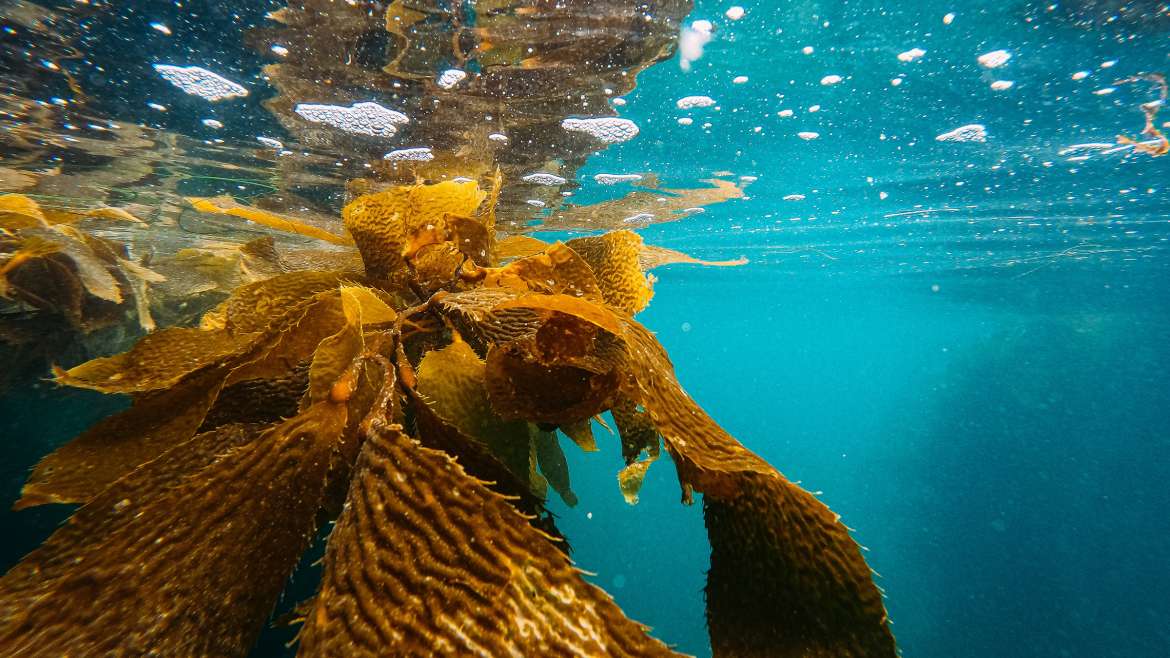It is time to explore the fascinating world of seaweed gardening! eaweed is an often-overlooked treasure trove of nutrients and an essential component of marine ecosystems. As a gardener, you might be curious about how these underwater plants can be cultivated and utilized to improve your garden and kitchen. In this first article of our three-part series on seaweed gardening, we will introduce you to the exciting realm of marine plants, delve into their numerous benefits, and reveal their potential impact on sustainable gardening practices and the environment at large.
Introduction to Seaweed Gardening
Seaweed gardening is the practice of cultivating marine plants, such as algae and kelp, for consumption, fertilization, or other uses. Seaweed is a versatile resource that offers unique benefits for both gardeners and the environment. As an adaptable, low-maintenance plant, it presents an exciting opportunity for gardeners looking to explore new frontiers in sustainable gardening. From nutrient-rich fertilizers to delicious culinary dishes, seaweed is an untapped resource just waiting to be discovered and harnessed for its immense potential.
Types of Seaweed: Discovering Marine Plant Diversity
Seaweed is a broad term that encompasses thousands of species of marine plants, each with its own unique characteristics and uses. The three main types of seaweed are:
- Green algae (Chlorophyta): Found in shallow waters, green algae are rich in vitamins and minerals, making them a popular choice for consumption and fertilizer.
- Brown algae (Phaeophyta): These seaweeds, which include kelp, are often used for human consumption and as sources of alginates, a thickening agent used in various industries.
- Red algae (Rhodophyta): With over 6,000 species, red algae are known for their vibrant color and high carrageenan content, which is used as a thickening agent in food.
Benefits of Seaweed Gardening: Nutrients and Sustainability
Seaweed offers numerous benefits for both gardeners and the environment:
- Nutrient-rich: Seaweed is packed with essential nutrients such as nitrogen, potassium, and trace minerals, making it an ideal natural fertilizer for your plants.
- Sustainable: Seaweed cultivation has a low environmental impact, as it requires no freshwater, pesticides, or herbicides, and can help absorb excess nutrients and carbon dioxide from the water.
- Culinary versatility: Seaweed is a nutritious and flavorful addition to various dishes, offering a unique taste and texture that can elevate your culinary creations.
Now that we’ve covered the basics of seaweed gardening and its myriad benefits, are you ready to dive deeper and learn how to cultivate your own underwater garden? In the next article of this series, we’ll explore the techniques and best practices for seaweed cultivation, guiding you through the process of setting up your own seaweed farm.
Be sure to check out the second article, “Seaweed Farming Secrets: Mastering Underwater Gardening,” to begin your journey into the world of seaweed farming. Discover how to grow these nutrient-rich marine plants and harness their incredible potential for your garden, kitchen, and beyond.




